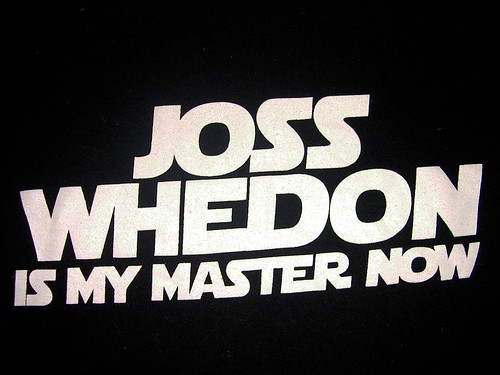- Post
- #489761
- Topic
- Yodaspeak: A Study In Yoda's Speaking Patterns and Their Frequency in the Star Wars Movies
- Link
- https://originaltrilogy.com/post/id/489761/action/topic#489761
- Time
I asked Henry Gilroy his opinion on the matter and this was his response:
"Talk like that, always he does. His signature speech style, it is. I always used a rhythm kind of thing and end his speeches with the philosophical thought...like Kasdan."


